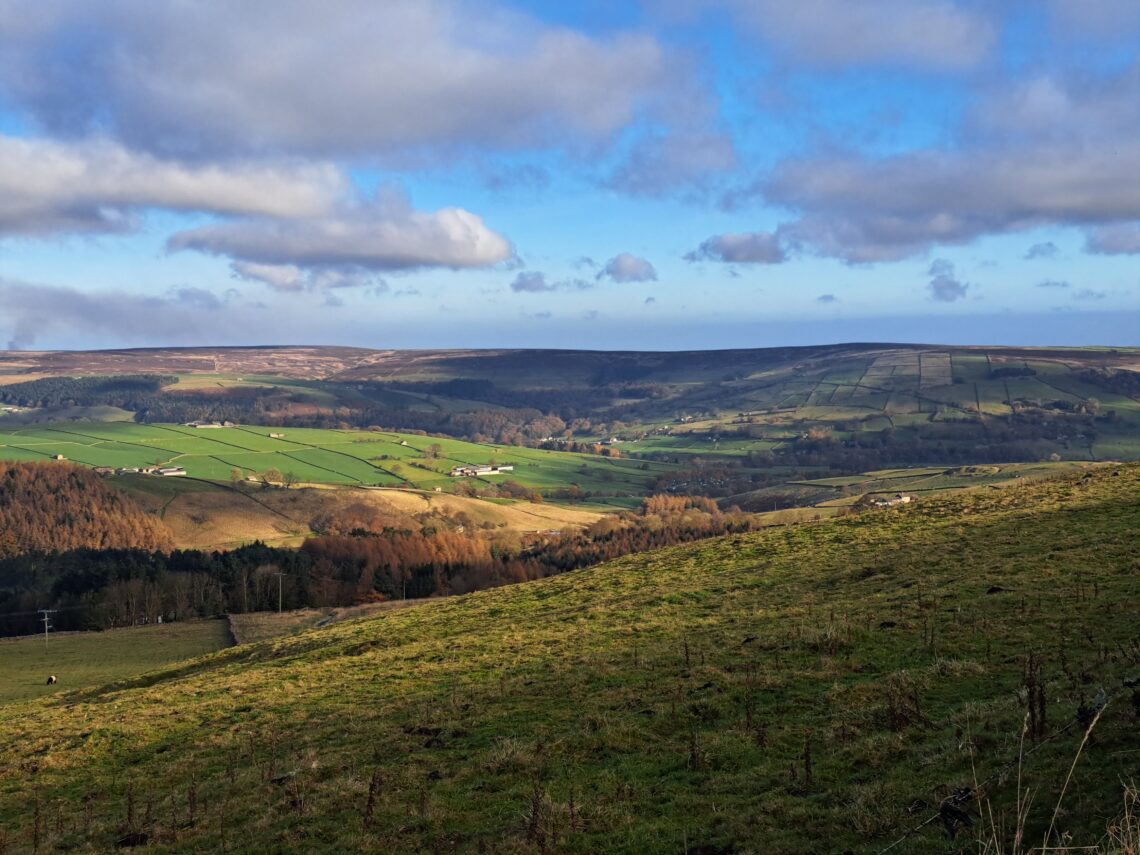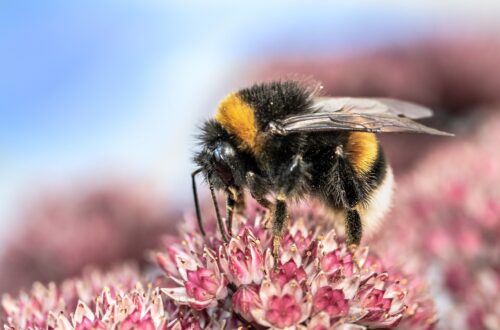What it means to rewild and how the rewilding movement can help your garden and beyond!
In my recent trip to the UK, I was deeply impressed by Britain’s rewilding movement, which seems to have captured more of the public’s attention than America’s rewilding movement currently receives. But with rewilding efforts just as needed and necessary in the U.S., I wanted to bring some of that rewilding spirit back home with me. So, I put together this beginner’s guide on rewilding – what it is, why it matters, and how you can bring more of the “wilds” into your life, your garden, and your community!
Affiliate disclosure: As an Amazon Associate, I may earn commissions from qualifying purchases.
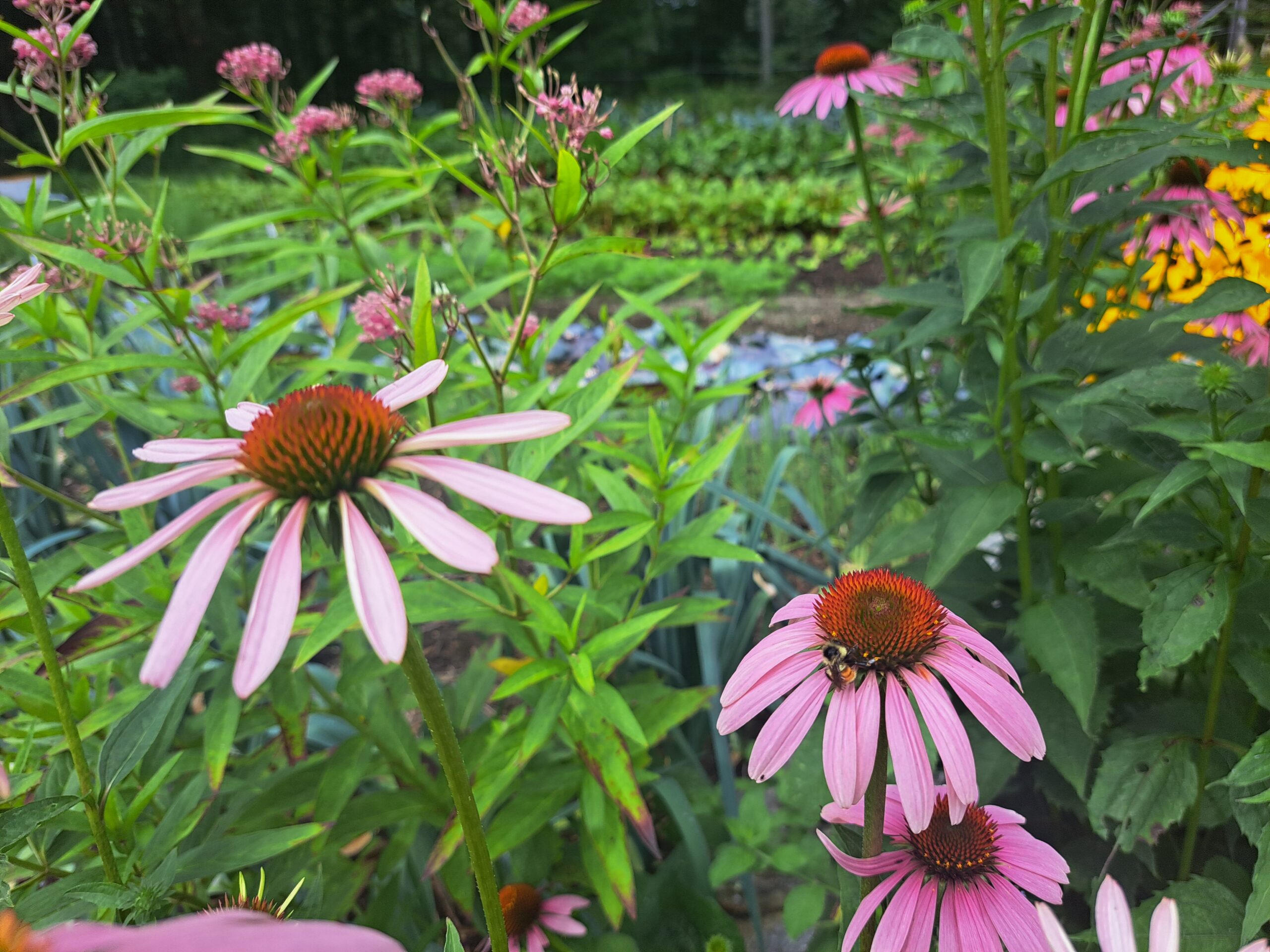
What Is Rewilding
Every time we plant native plant seeds or grow pollinator-friendly flowers, we’re rewilding. But the rewilding movement extends far beyond our gardens.
Larger-scale rewilding projects often involve entire ecosystems and seek to restore natural processes, species, and habitats that have been imbalanced, depleted, or destroyed by the workings of humans. Rewilding strives to reconnect fragmented spaces, to rebalance food webs, and create sustainable ecosystems that don’t need human intervention. At its core, rewilding is about giving Nature back to Herself.
Rewilding requires the patience and time that goes hand-in-hand with planting trees or restoring a wildflower meadow. It can be practiced on a large scale or a small one and may include urban rewilding projects, rewilding your yard, or rewilding larger areas, including waterways, mountain sides, and meadows. For some, rewilding is also a personal movement and a way to restore our connection to ourselves and the natural world around us.
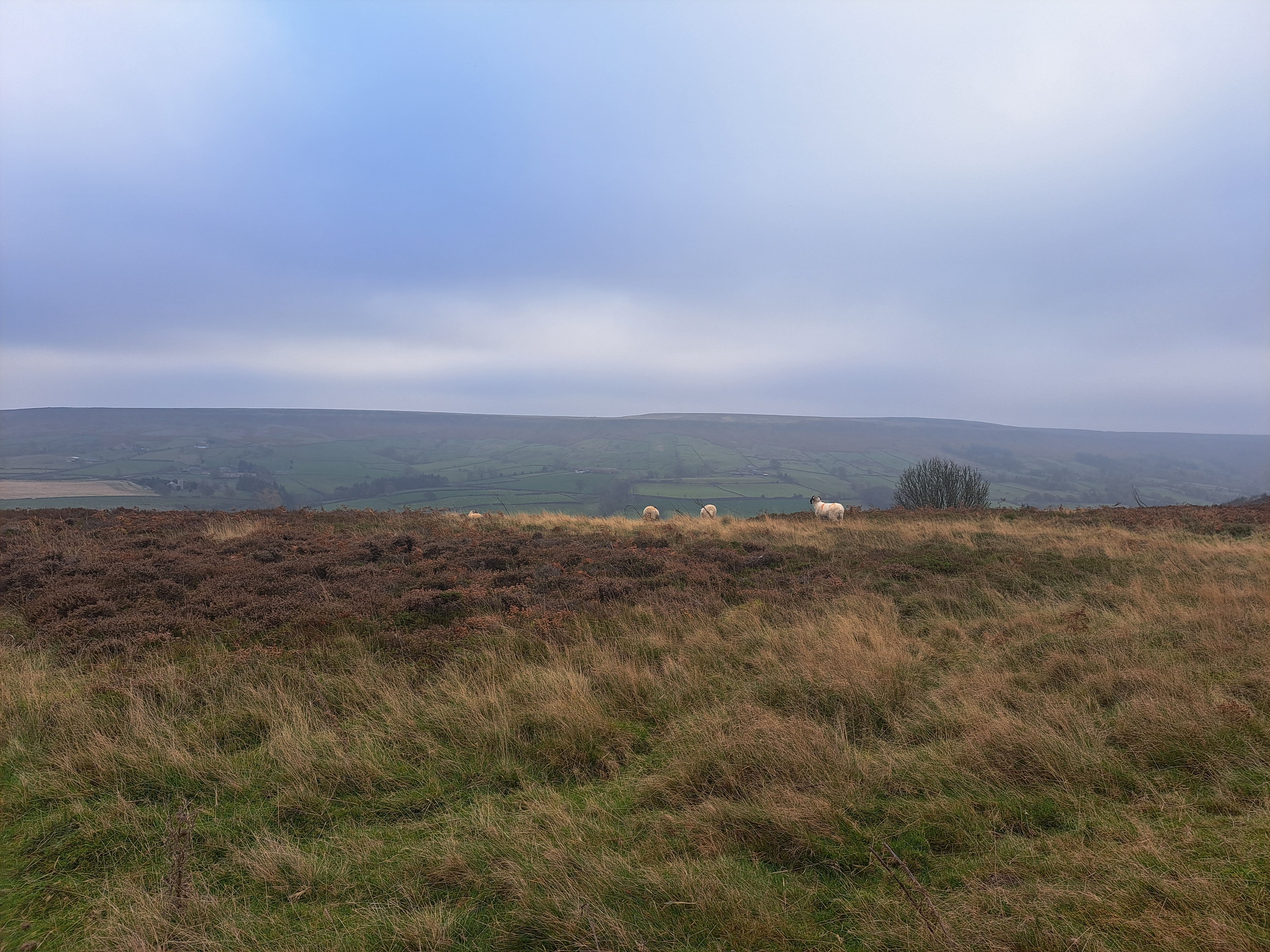
Why Rewilding Matters
At a time when conservation issues are at the forefront of many of our minds and so many of us are feeling disconnected from nature and ourselves, it’s no wonder why the rewilding movement is spreading. By addressing problems like habitat loss and habitat fragmentation, rewilding works to restore ecosystems and preserve the animals, plants, and insects that depend on them.
Rewilding yards can reduce pollinator loss, but rewilding also creates self-sustaining habitats and supports plants and larger animals that may be impacted by urban sprawl, climate change, and other factors. Rewilded areas are havens for biodiversity, but they can also help combat climate change since healthy habitats absorb carbon more effectively than compromised ones. Not to mention, rewilding has financial benefits too – it reduces economic loss from flooding, erosion, and other issues arising from habitat degradation, limits land management costs, and creates job opportunities in conservation, sustainable land management, and related fields.
Human rewilding, a closely related movement that has emerged out of habitat rewilding, has similar goals and benefits. By seeking to make us truer version of ourselves, human rewilding may enhance creativity and self-sufficiency, reduce stress, strengthen communities, and promote more thoughtful and sustainable ways of engaging with our environment.
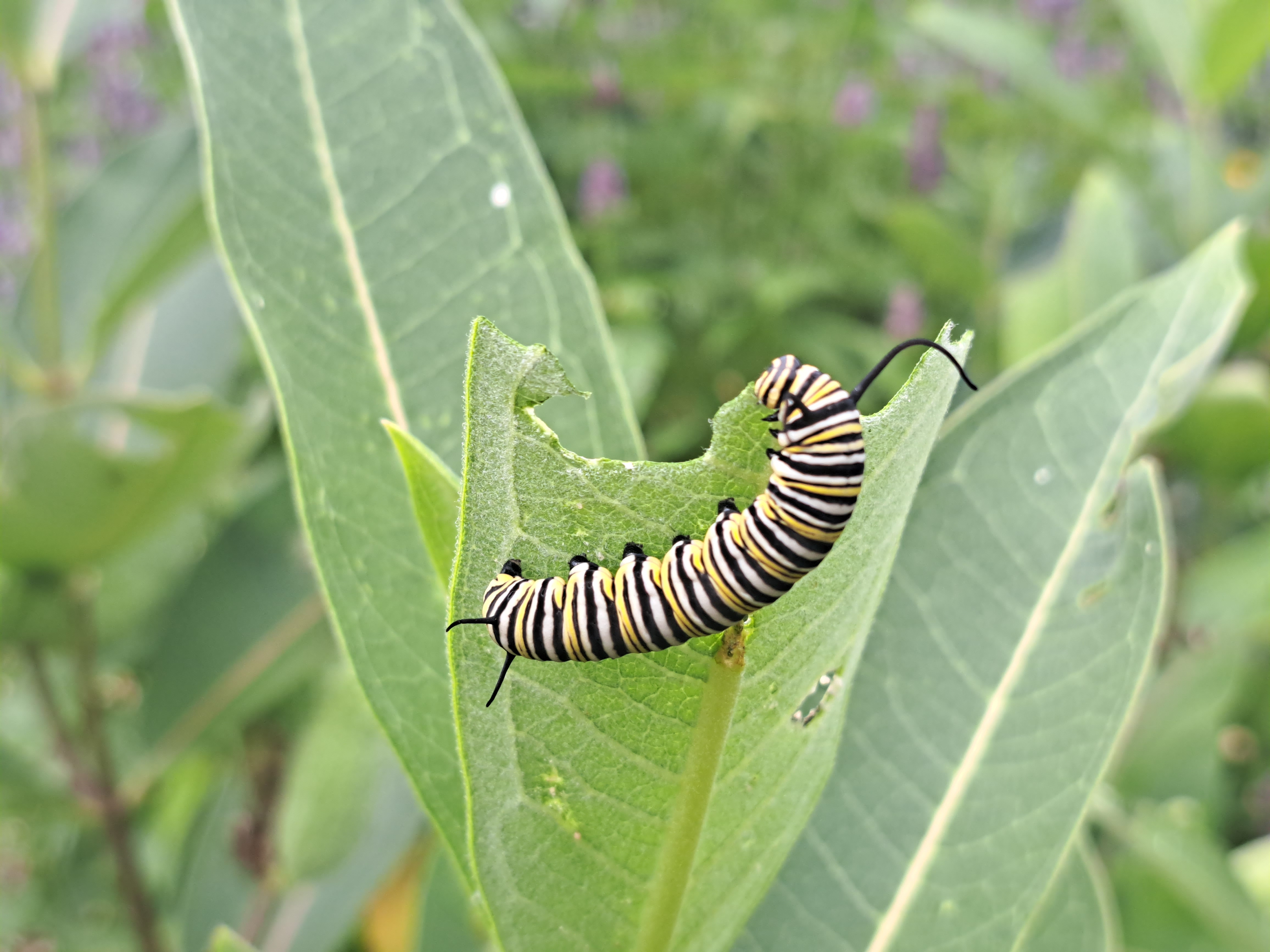
7 Principles of Rewilding
Today, there are a number of different rewilding initiatives and each has its own set of principles. However, there are some common themes between how rewilding is defined and implemented.
- Let nature lead. Rewilding efforts seek to restore natural areas to the way they were before humans intervened – which can involve planting native plants and trees, restoring waterways and soil health, and more. This work takes place on nature’s timeline, not ours, and can take years or even centuries to complete.
- Seek long-term solutions. The goal of rewilding is to create habitats that sustain themselves over time. This can involve tree planting, habitat rebuilding, and the reintroduction of keystone species and apex predators.
- Involve local communities. To be truly sustainable, rewilding needs to consider and involve local communities, including indigenous communities that have often been at the forefront of rewilding efforts.
- Focus on whole habitats, not fragmented parts. Rewilding is a holistic approach that considers all the parts involved of an ecosystem – plants, animals, soil, and water – and how each of those elements interacts. It emphasizes the importance of larger scale habitat building and reconnecting fragmented habitats so that species can move about more freely.
- Remain adaptable. As in anything, some challenges are bound to arise with rewilding, and projects must be able to adapt to them. Rewilding projects may need to be monitored and techniques adjusted to account for the nuances of the land and the species that live on it.
- Minimal human intervention. Rewilders seek to create sustainable ecosystems that can function without human involvement. The goal is to help Nature enough so that Nature can, once again, help Herself.
- Reconnection to Nature. The rewilding movement challenges the notion that human interaction with nature is, by necessity, always destructive. By teaching us how to coexist within the natural world, rewilding helps us to reduce our impact, live more sustainably, and connect more deeply to the world around us.
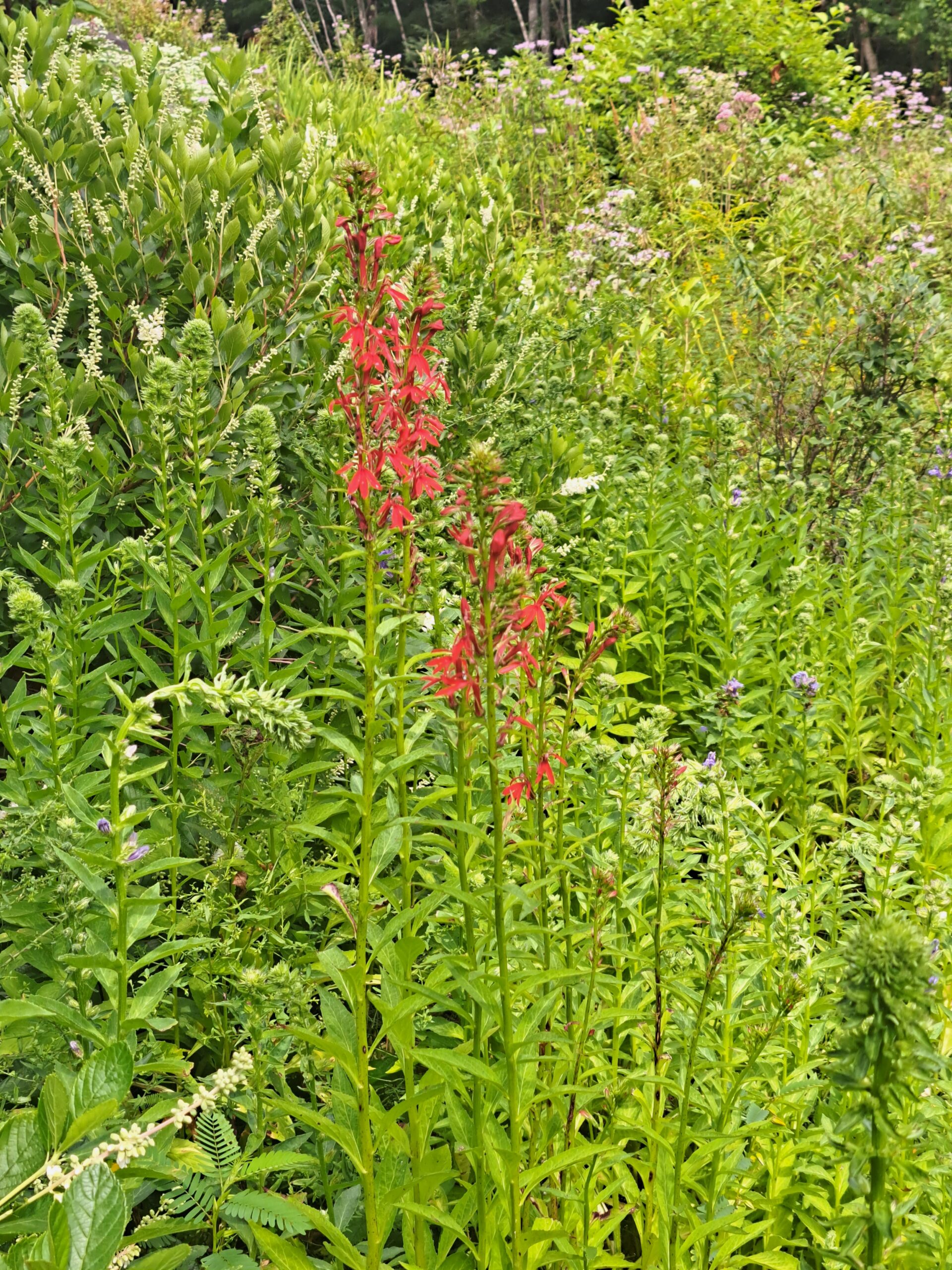
Examples of Rewilding
Rewilding exists on a micro- and a macro-scale and more rewilding initiatives have been emerging in recent years. Some of these efforts involve vast landscapes, but others are small and local… and much easier to implement at home!
- Planting native plants is a super accessible way to rewild yard and garden spaces!
- You can also rewild at home by growing habitat gardens for:
- Bees
- Butterflies
- Hummingbirds
- Fireflies
- And birds, like finches, woodpeckers, and owls
- Sowing wildflower seeds in place of turf grass is another example of rewilding. Mowing less can help too!
- Removing invasive plants to make room for native plants is also rewilding!
- Towns and cities can rewild by adding more green spaces and including more native plants in their landscaping designs.
- Reducing grazing pressure from livestock and removing fencing can allow native plants and forest to regrow and native animals to move about more freely.
- On a larger scale, the reintroduction of wolves in Yellowstone has caused far reaching changes – including an increase in the population of beavers and trees, like aspen. The reintroduction of lynx is currently being discussed in areas throughout the UK as well.
- In some areas, slow growing trees are being intentionally planted and maintained until they reach a certain height. This helps slow growers compete with faster growing trees that gained an advantage after areas were deforested. One of my favorite books, Braiding Sweetgrass, discusses this at length!
- American Prairie is hard at work restoring prairie land in Montana.
- Projects, like the restoration of Louisiana’s Atchafalaya River Basin, can help mitigate flood risks while increasing habitat for native plants and animals.
- Rewilding Britain’s website has an interactive map filled with rewilding projects, including projects focused on the restoration of peatland, which can help combat climate change, and marine projects that focus on issues like overfishing.
- On a personal level, forest bathing is just one way to start “rewilding yourself.” You can also bring more nature into your life by grounding, practicing nature meditation, swapping out synthetic clothing for clothing made of natural fibers, hiking, or gardening!
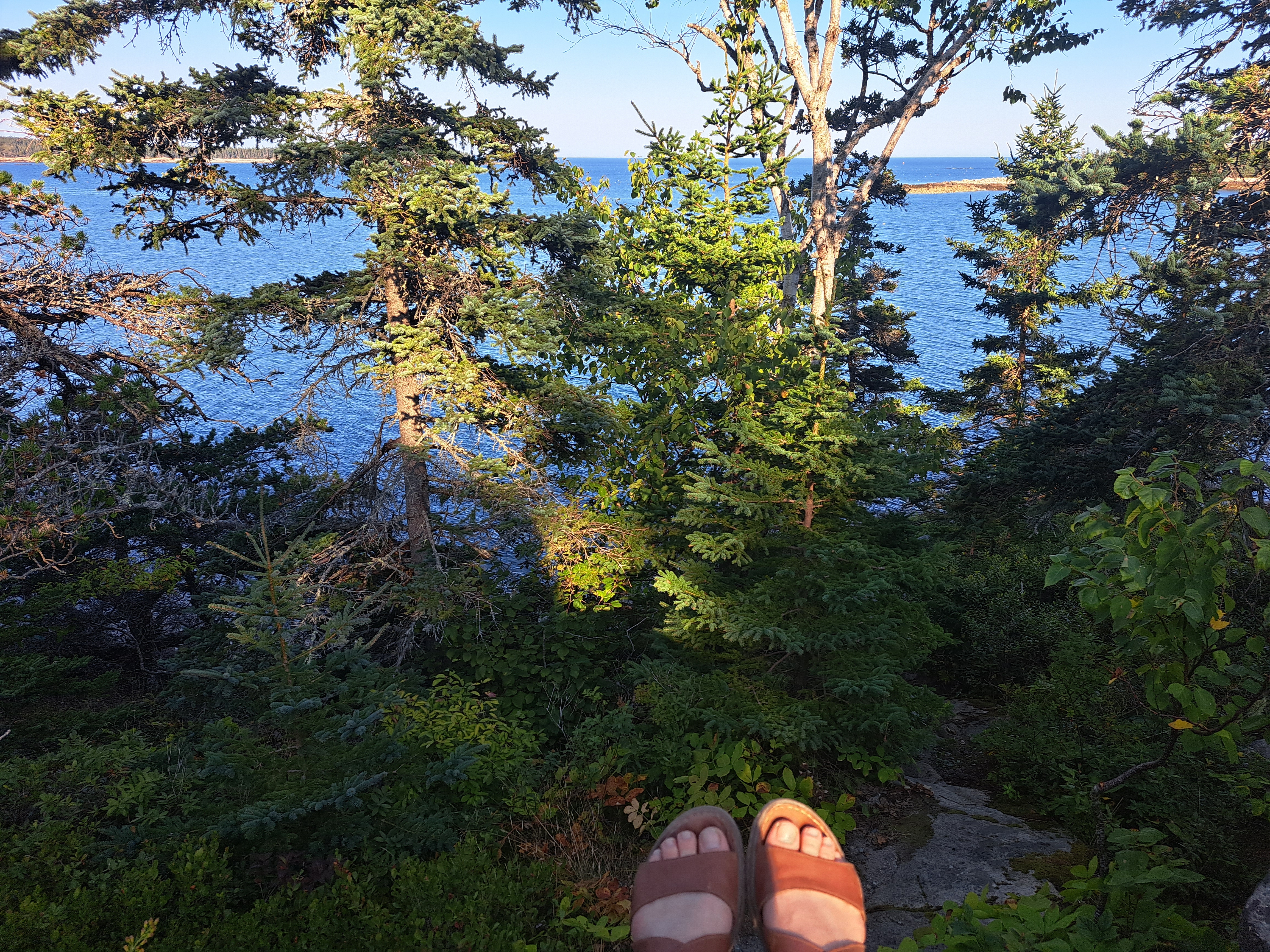
What Rewilding Means for You
What rewilding will mean for you depends on your interests and the resources that are available to you. If you’re interested in urban rewilding, you may want to join a community garden or plant a window box filled with native plants. If you have land, you can take your rewilding projects even further by growing a wildflower meadow, planting a native garden, or restoring a wetland area.
Supporting rewilding projects that are near and dear to your heart can take the rewilding movement even further. If you’re passionate about songbirds, pollinators, or larger mammals, seek out related rewilding projects. If you look, there’s a good chance you can find rewilding or other conservation groups in your local community!
Sometimes rewilding involves doing less and can be as simple as reducing the amount of times you mow grass. However, rewilding can also involve attending events, raising awareness, donating to causes that inspire you, writing to politicians, or “voting” with your dollar by supporting eco-friendly businesses. If personal rewilding speaks to you most, begin your own nature meditation practice or try out forest bathing.
